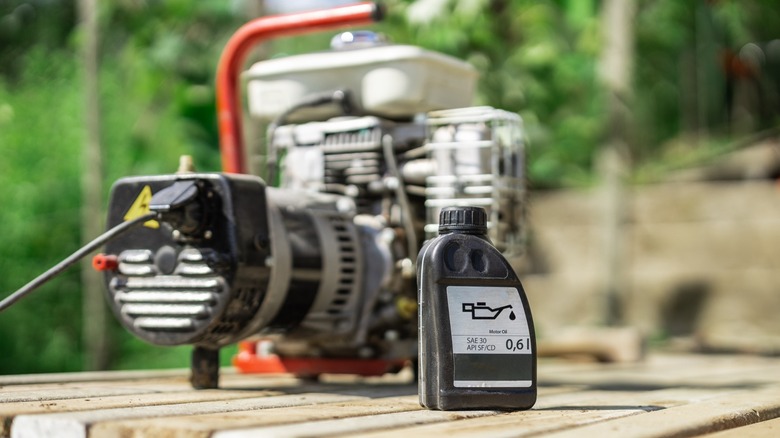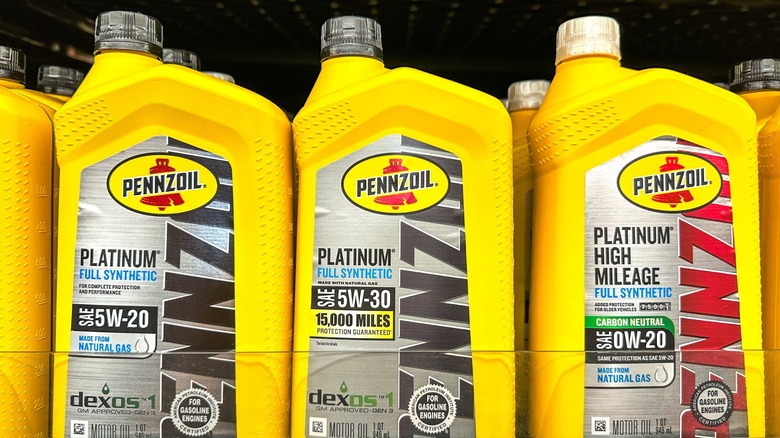Can You Use Synthetic Oil In A Generator?
Generators come in many sizes and types to serve different purposes. Standby generators are large, stationary units designed to automatically protect against power outages in everything from hospitals to single-family homes. Some recreational vehicles (RVs) have built-in generators that allow camping in places without electrical hook-ups without sacrificing modern amenities such as air conditioning. Most major generator brands also offer portable generators designed to provide electricity wherever it's needed.
You'll need to perform some maintenance to keep your generator running smoothly. The list of preventive maintenance includes items such as cleaning or changing the air filter, replacing the spark plug, and running it frequently, but one of the most important tasks is changing the engine oil per the manufacturer's prescribed schedule. Information such as this is found in the owner's manual that came with your generator, from an authorized service center, or by searching for a manual for your specific model on the manufacturer's website.
When you stand in front of the engine oil display at any retailer, you'll be hit with multiple options. You'll see a lot of acronyms like API and SAE, numbers including 0W-20 and 15W-40, and terms like conventional and synthetic. It's easy to get overwhelmed, so let's break these down armed with information from some of the leading generator brand owners' manuals.
It's ok to use synthetic oil in your generator. In fact, some leading generator brands, such as Generac, recommend using synthetic oil in its home backup generators.
Selecting the right engine oil for your generator
Other generator brands, like Honda and Cummins, don't specify the use of synthetic or conventional engine oil in their owner's manuals. Most often, the primary concern is that the oil meets some minimum standards and is the proper viscosity for the temperature range where the generator will be in service.
The specified standards involve the acronyms you'll see on the oil bottles on the store shelf. While API (American Petroleum Institute) and SAE (Society of Automotive Engineers) are most common, you'll see letters and numbers like SJ and CH-4 associated with API and 10W-30 with SAE. For example, Cummins calls for API CH-4 engine oil in the diesel-powered portable generators it produces under the Onan brand name, while Honda specifies API SJ or later engine oil for its portable generators.
The engines found in generators, like other four-stroke varieties, are sensitive to the viscosity, or thickness as it relates to fluidity, of the engine oil throughout its operating temperature range. As the running engine heats up the oil, it becomes more fluid. If it's too thin, it cannot protect the internal bearing surfaces from friction. If it's too thick in cold weather before the engine starts, it cannot flow to the bearings before friction damages the surfaces. That's why a specified viscosity, such as 5W-30 or 10W-30, spans across a range of temperatures. Select the viscosity that covers the prevailing outside high and low temperatures for the area where you'll use the generator.

